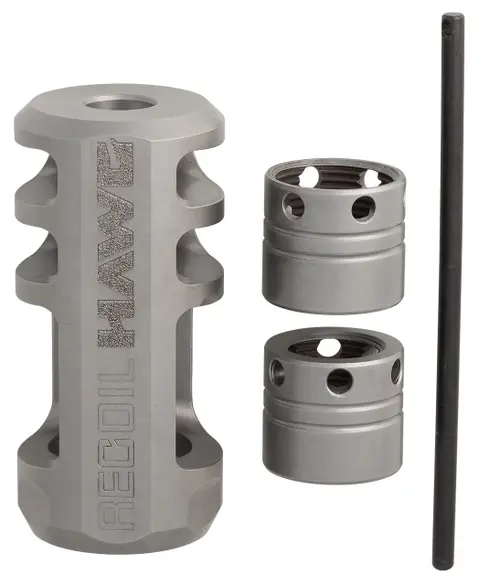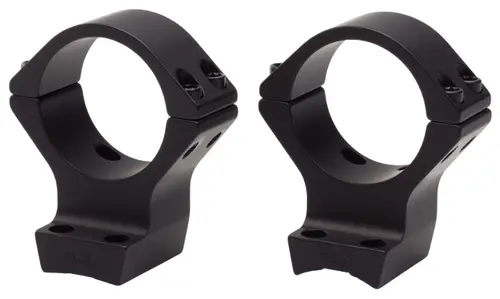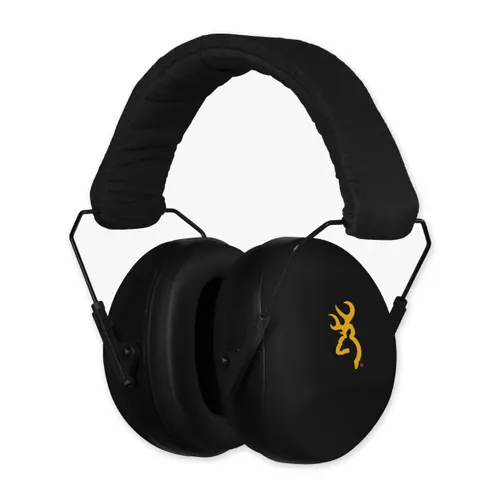Finding The Right Knife For Your Needs
Finding The Right Knife For Your Needs
By Brad Fitzpatrick November 9th, 2023
Browning will always be known foremost as a firearms company, but Browning’s large and growing selection of knives offers hunters the proper tools for field care when game is down. But how do you know which knife is suitable for your type of hunting?
Browning knives come in various designs with differing blade lengths and shapes, each suited for a specific chore in the field. However, understanding blade geometry and how different blade profiles perform is critical to selecting the right knife. All will work for almost any task, but having the right tool makes the process simpler and safer.
The following is a list of applications and a guide to the right knife for each task. It’s not definitive, but it will give you a great place to begin when choosing a Browning knife and help you make the right purchasing decision.
Small Game/Upland Birds/Waterfowl
Small Game/Upland Birds/Waterfowl
These animals have thin skin and light bones, and because they are often small (doves, quail, etc.), it’s easy to miss a fair portion of the meat when processing if you cannot make fine, precise cuts. A trailing point knife blade is the most popular choice for small game, upland bird, and waterfowl field care — Browning’s Wicked Wing is an excellent option. The tip of the trailing point blade is higher than the blade spine and at a relatively narrow depth, much like that of a filet knife. Because you don’t need a large, heavy blade for these animals, you’ll benefit more from the precision offered by the Wicked Wing and other trailing point knives, which are easy to control and allow you to carve every bit of delicious meat from a teal, dove, or quail.
Scalpel blade knives also work very well for small game work and the Browning Primal Scalpel is a great option. With thin, replaceable blades that are precise enough for any task, scalpel blade knives work well on small game, and these animals are not so large or thick-skinned that you’re likely to break a blade. If so, you can always replace it.
Of course, more traditional blades will work on small game. The ever-popular drop-point design, which features a point lower than the knife’s spine, is also an excellent option because it allows perfect precision.
Browning’s Knoll and Joint Venture drop-point knives work well. The Illusion, which has a stunning Damascus blade, is another excellent option. So long as the tip of the blade is fine, pointed, and easy to control, you can clean small game and birds effectively. You don’t need a heavy, deep blade for game of this size, and light knives lessen your burden in the field.
Wicked Wing, Primal Scalpel
Big Game
Big Game
There’s a bit of variation here as big game covers everything from thin-skinned antelope and Coues deer to moose and massive bears. Regardless of what big game animal you’re hunting, I suggest starting with the popular drop-point knives. Drop points offer excellent control for precise cuts, and so long as the blade is suitably wide and deep, they hold up well for years of use and hundreds of sharpenings. It would have to be a drop point if I could only choose one big game hunting knife for the rest of my days.
The Wes Hibben-designed Guide Series Folder from Browning is a classic example of a drop-point hunting knife engineered for field work on big game. The point is fine and easy to control, yet the blade is deep and wide enough to withstand rugged use. Drop points also offer an extended cutting area that allows you to make quick work of skinning big game.
Browning’s Hunter Folders (both the large and medium versions, depending on the size of the game) are also excellent drop-point options. The choice between folders and fixed blades is primarily one of personal taste, and while both have advantages and disadvantages, it’s safe to say that either design will work well for hunters.
If you prefer a fixed-blade knife for basic field work on big game, then the Browning Hunter Fixed is a solid choice and is also available as a folder.
For most fieldwork, like gutting deer or antelope, a single drop point blade knife will work, but you can use other tools to simplify the task. Browning’s Primal Gut Tool comes with a black polymer handle with rubber over-molding to keep your hand in position and away from the blade while gutting an animal. The reverse-style blade makes running along the abdominal cavity easy, opening it with a precise cut that won’t go too deep. The dull end also prevents accidentally cutting into internal organs.
Hunter Folder (Large), Guide Series Folder
Backcountry Hunts
Backcountry Hunts
The previous section covered general field care for big game, but wilderness hunting generally requires more specialized tools. Field dressing an elk and hauling it to the processor in the back of a pickup is entirely different than quartering a big bull and riding the meat out on horseback. Therefore, your backcountry hunt tools will likely be different.
I still believe that a quality drop-point knife is a good place to start, but scalpel blades are a viable alternative that allows you to replace the blade instead of sharpening — a real benefit on large game like elk and bears. A drop point blade is sturdier than a scalpel and less likely to break, so each has advantages.
I also believe both a gutting tool and a skinning knife can help. The advantages of the Primal Gut Tool have already been outlined, but a skinning blade makes removing the hide from large animals faster and easier. The Guide Series Skinner, which Wes Hibben also developed, has the tip of the blade higher than the spine, like the trailing point blade used for birds and small game. The difference is that a dedicated skinner blade is much deeper and wider. Still, it retains the advantages of the trailing point design, which includes a fine, maneuverable point and a very long cutting edge. This is an excellent tool for completely skinning large game, and yet it is fine enough that you can work around the antlers, horns, eyes, and ears without making mistakes and causing your taxidermist to curse you when they must stitch up a lacerated hide.
The Cutoff Skinner is another example of a dedicated skinning knife, and it offers the advantages of compact size (overall length is just 6 ¼-inches) and ergonomic grip design with G-10 handles that allow you to make short work of skinning chores.
You’ll often need to cut through bone, requiring a saw blade. The Primal Bone Saw and Game Reaper T-Handle saws are perfect for cutting through heavy pelvic bones, and they can double as camp saws in a pinch if needed.
The simplest way to ensure you have everything you need for complete backcountry fieldwork is to purchase a kit with all the necessary bladed tools to skin and quarter large animals. The two-piece Primal Combo from Browning offers the tools required to process game in the backcountry, including a fixed knife with a skinner/gut hook blade and a saw. Both knives fit in a single nylon sheath. The Primal Combo 6-Piece comes with even more tools, including caping and skinning fixed blade knives, a bone saw, a gutting tool, a sharpener, and nitrile gloves all packaged in a compact zippered case.
Cutoff Skinner, Guide Series Scalpel
Camping
Camping
For some, camping means parking an RV in a pull-through spot in a national park, while others might plan multi-day treks over many miles of wilderness. Pack knives according to your needs. A simple drop-point knife is always a versatile tool that can open a marshmallow bag for s’mores, can fillet fish in a pinch, and will serve in most capacities for simple camping trips.
If you’re spending more time in the woods, you may require a more sophisticated and specialized blade. The Last Light Combo is an excellent option for remote wilderness trips because it comes with a drop-point knife with the handle wrapped in useful paracord, and a ferro rod that doubles as a sharpener.
If you plan on spending even more time in the woods, the Bush Craft Camp , with its 15-inch blade length, is an even better option. The semi-bolo stainless steel blade is suitable for various tasks and can withstand the rigors of remote camp life.
Last Light Combo
Other Considerations
Other Considerations
A sharpener like the Browning Primal Sharpening Tool is a good option if you aren’t using a Primal Scalpel because, sooner or later, you’ll need to sharpen your knife. I’ve skinned my last animal with a knife that I mistakenly believed was sharp, and skinning or gutting game with a dull blade is also more dangerous.
Blade quality is also an important consideration. Browning uses high-quality stainless steels, that are resistant to corrosion and tough enough to survive hard use. The steels are selected for their ability to retain an edge, and also sharpen well, so you can keep a fine edge on the blade when working. Many buyers are upset when they find their knife fails because of poor steel, but that’s not an issue with Browning knives.
Most knives will work for just about any hunting task, but having the proper tool for the job makes the process of field care much more straightforward, easier, and safer. That’s why so many hunters rely on Browning knives. Well-thought-out blade and handle designs, and high-quality components, make them worthy of the Browning name, and there’s a Browning knife that’s perfect for any chore in the field.






